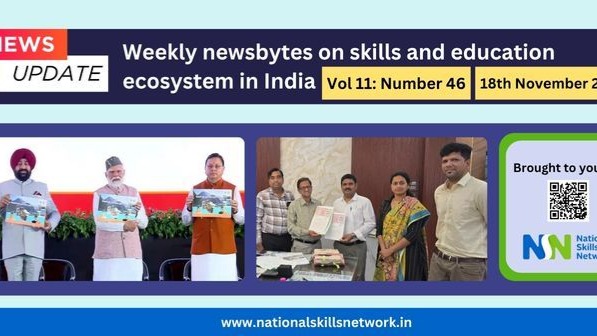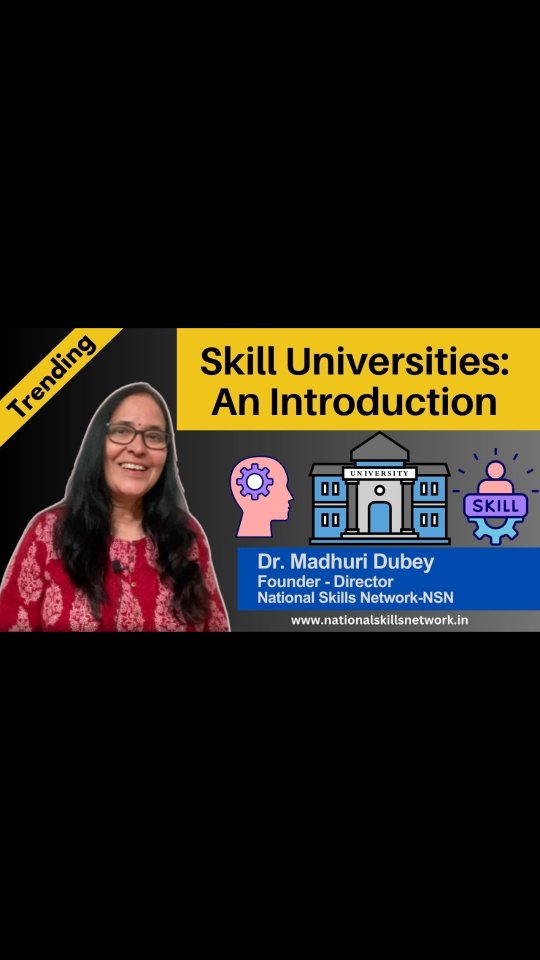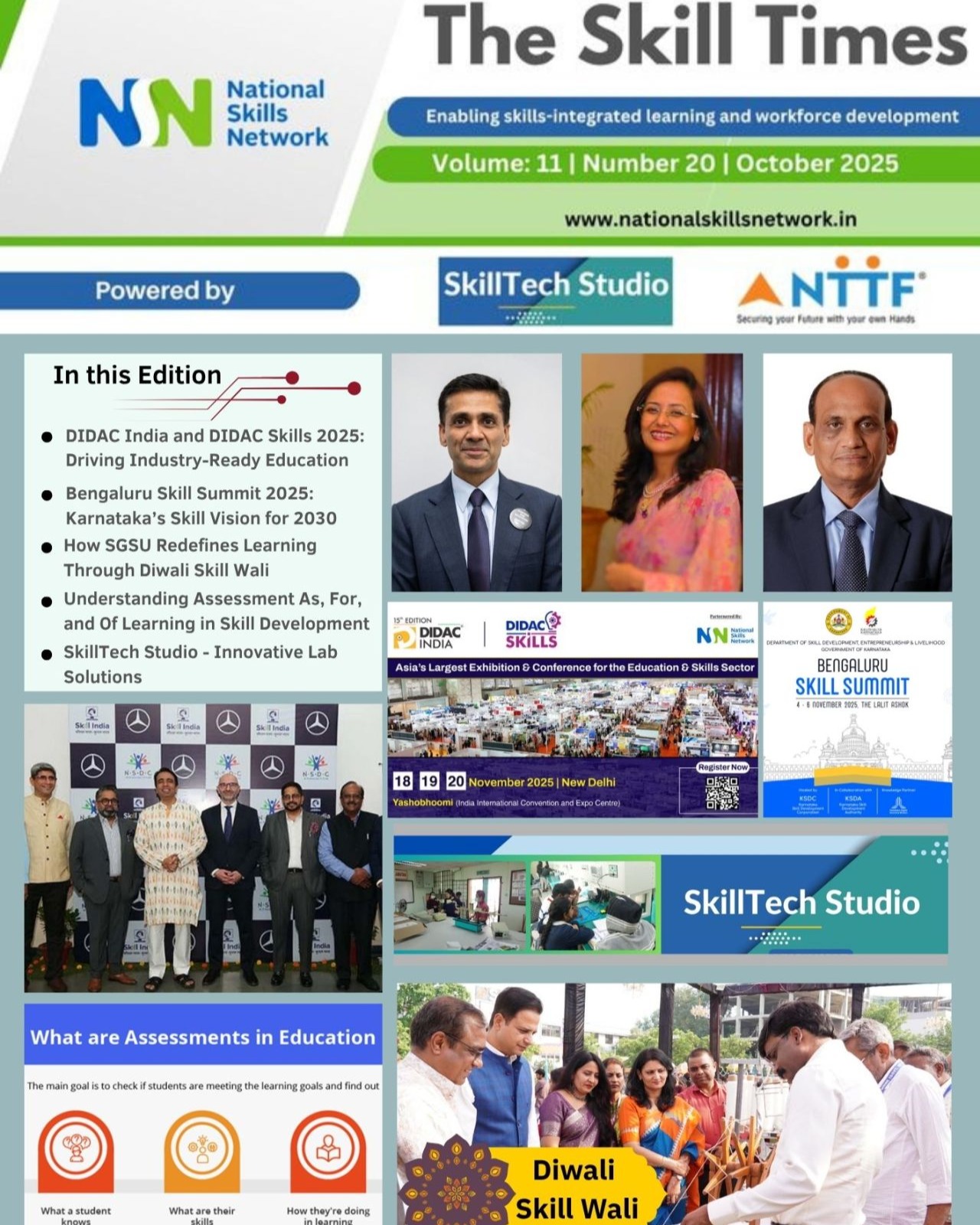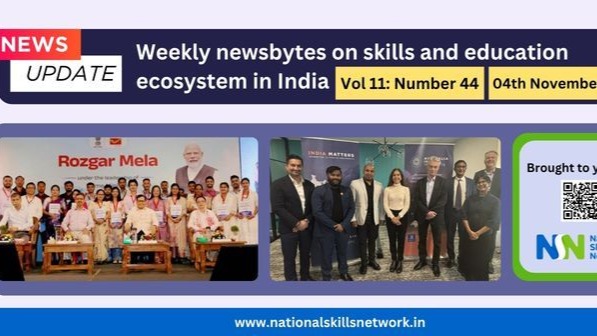In the ever-evolving world of technology and industry, the significance of modern training equipment in vocational and technical education has never been more crucial. As industries advance and new technologies emerge, the need for skilled professionals adept in using the latest tools and equipment grows exponentially. For educational institutions, particularly those focused on technical and vocational training, providing students with hands-on experience using modern equipment is absolutely essential. And, this has a direct impact of Return on Investment (ROI) – both tangible and intangible.
However, procuring such advanced equipment is often hindered by the prohibitive costs. Many educational institutions and training centers face significant hurdles when it comes to investing in modern training tools and equipment. Financial constraints, coupled with limited access to the affordable infrastructure pose substantial barriers. This lack of investment not only diminishes the quality of training outcomes but also impacts the institution’s ability to produce industry-ready graduates.
To know more about ROI on investing in training tools and equipment, download the E-book here: https://nationalskillsnetwork.in/the-roi-of-modern-training-tools-and-equipment-in-skill-development-e-book/
Training equipment – an asset or a liability
Institutions that invest in cutting-edge training equipment often set global benchmarks, exemplifying the value created by the training equipment. These centers attract a larger pool of students who recognize the value of learning with state-of-the-art tools. Consequently, these institutions enhance their reputation and branding, positioning themselves as leaders in vocational education. The Return on Investment (ROI) in these cases is not just monetary but also reflects long-term, strategic vision in enhancing the quality of education, student satisfaction, and improved employability of graduates.
In contrast, institutions that lack modern training infrastructure struggle to keep pace with industry demands. This deficiency results in subpar training with inadequate skill acquisition. Such outcomes not only tarnish the institution’s reputation but also highlight the critical need for strategic investment in training equipment.
In this article, we will explore the profound impact that modern training equipment has on the quality of technical and vocational education. We will also delve into the challenges institutions face in making these investments and the importance of considering ROI when allocating resources for training infrastructure. By addressing these issues, we aim to provide a comprehensive understanding of why investing in modern training equipment is not just a necessity, but a pivotal factor in the success of educational institutions and their students.
5 Reasons why the modern training equipment is crucial for quality training
Investing in cutting-edge training equipment is pivotal for delivering high-quality vocational education for any skill training centers across the country. Here are five reasons why having the latest tools and technology is essential for effective and impactful training programs:
1. Practical application of skills
- Hands-on learning: Advanced tools enable students to apply theoretical knowledge in real-world scenarios, essential for mastering trade-specific skills.
- Job readiness: Using industry-standard equipment ensures students are familiar with real-world practices, boosting their confidence and readiness for the workforce.
2. Safety training and compliance
- Safe operation practices: Training with up-to-date equipment teaches proper handling techniques, significantly reducing accident risks.
- Safety protocols awareness: Familiarity with safety protocols ensures students practice safe operations in potentially hazardous environments.
3. Enhanced precision and craftsmanship
- Refinement of skills: High-quality tools facilitate the development of precise skills necessary for trades such as machining and welding, fostering superior craftsmanship.
- Minimized errors: Quality equipment minimizes training errors, leading to higher standards of work and improved attention to detail.
4. Quality education
- Enriched learning experience: Proper tools make complex concepts more tangible and engaging, enhancing the educational experience.
- Enhanced institutional reputation: Investing in quality equipment helps institutions meet accreditation standards, bolstering their reputation and the value of their certifications.
5. Integration of modern technology
- Exposure to current technologies: Access to the latest tools keeps students updated with industry standards, maintaining the relevance of their skills.
- Adaptability to technological advances: Working with advanced equipment prepares students to adapt to new technologies and update their skills throughout their careers.

How to procure training tools and equipment
Typically, decisions to purchase training equipment depends on the training center’s financial resources. Depending on the budget the training centers purchase either first-hand equipment with total ownership or they may go for seconds or procure through a shared-model. The procuring process includes steps like:
1. Leasing and financing
- Equipment leasing: Provides access to the latest technology without significant upfront costs.
- Financing options: Allows spreading the cost over time.
2. Industry partnerships and donations
- Collaborate with industry: Leads to donations or discounts and supports educational initiatives.
- Corporate social responsibility (CSR): Approach companies for donations or sponsorships.
3. Government grants and funding
- Apply for grants: Offsets the cost of acquiring equipment.
- Public-private partnerships (PPP): Provides additional funding and resources.
Irrespective of the procurement process, the purchase of training equipment must have a proper ROI mechanism in place. This will pave the way for better understanding of the importance of investment and appreciate its impact on business outcomes.
Considerations for procuring training equipment
Effective planning is essential for designing a vocational training program that meets industry demands and prepares students for success. Here are critical considerations to ensure your training program is both relevant and impactful:
1. Industry alignment: Ensure that the equipment and tools are aligned with current industry standards and anticipated future trends. This ensures that training remains relevant and up-to-date, preparing students for the evolving job market.
2. Technological integration: Incorporate digital tools, software, and simulators to reflect the increasing role of technology in the industry. This helps students stay current with technological advancements and enhances their adaptability to new tools and systems.
3. Sustainability: Consider environmentally friendly practices and energy-efficient equipment, especially relevant for industries where sustainability is a growing concern. Implementing sustainable practices can reduce environmental impact and align training programs with industry values.
Few training equipment examples from the industry sectors
CNC machining and manufacturing technology
- CNC machines: High-precision lathes, milling machines, and routers that are programmed via computers to create intricate parts.
- CAD/CAM software: Computer-Aided Design (CAD) and Computer-Aided Manufacturing (CAM) software are critical for designing and programming the parts to be manufactured.
- 3D printers: 3D printers are used for prototyping and manufacturing complex components that would be difficult or impossible to produce with traditional machining.
Solar photovoltaic (PV) installation and maintenance
- Solar PV training kits: These kits include solar panels, inverters, charge controllers, and batteries, allowing students to assemble and test solar energy systems in a controlled environment.
- Solar irradiance meters: Devices used to measure the power of solar radiation, essential for site assessments and system design.
Robotics and automation technology
- Robotic arms: Used for teaching programming and operation of industrial robots.
- Automation software: Software platforms for programming and controlling automated systems.
- Sensors and actuators: Critical components in robotics that students need to understand and manipulate.
Hospitality – culinary and housekeeping
- Commercial kitchen setup: Professional-grade ovens, stoves, grills, and other cooking appliances blast chillers, and vacuum sealers.
- Food safety and hygiene: Temperature monitoring systems, HACCP training kits, and sanitation stations.
- Housekeeping and facility management
- Housekeeping labs: Model hotel rooms with modern cleaning tools, linen management systems, and inventory control software.
Retail and e-Commerce
- POS terminals: Training setups with modern POS systems, barcode scanners, and receipt printers.
- Inventory management systems: Software for tracking stock levels, managing orders, and analyzing sales data.
- E-commerce platforms: Training on setting up and managing online stores using platforms like Shopify or Magento.
Apparel Industry, garment manufacturing
- CAD software: Computer-Aided Design software for fashion design and pattern making.
- Digital printing machines: Equipment for printing designs on fabric, enabling training in modern textile design techniques.
- Industrial sewing machines: Various machines for different types of stitching, including sergers, embroidery machines, and automated stitchers.
- Quality control tools: Tools for inspecting fabric and finished garments, including colour-matching devices and fabric testing kits.
Investing in modern training equipment is no longer a luxury but a necessity for technical and vocational education institutions aiming to stay competitive. The benefits are clear: enhanced training quality, better student outcomes, and stronger institutional branding.
While the initial investment may seem daunting, the return on investment (ROI)—in terms of both financial gains and educational excellence—justifies the cost. By prioritizing these investments, institutions can not only elevate their educational offerings but also better prepare their students for success in an increasingly demanding job market.
















